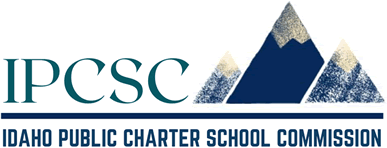All public charter schools in Idaho are issued a performance certificate by their authorizer. This document is a legal agreement detailing the roles and responsibilities of both parties and identifying the operational term awarded to the school. The IPCSC’s performance framework is incorporated into each school’s performance certificate and serves to communicate the expected performance outcomes. Each year, schools’ actual outcomes are measured against these established standards, and an annual report is issued to the school and the public. These reports are then used to inform the IPCSC’s renewal decisions at the end of each school’s performance certificate term.
The traditional performance framework that applies to all schools establishes standards for outcomes in three categories: Academic, Operational and Financial. Schools which utilize an alternative model or program are held accountable to the “Alternative Performance Framework” which includes additional measures that a school must meet.





